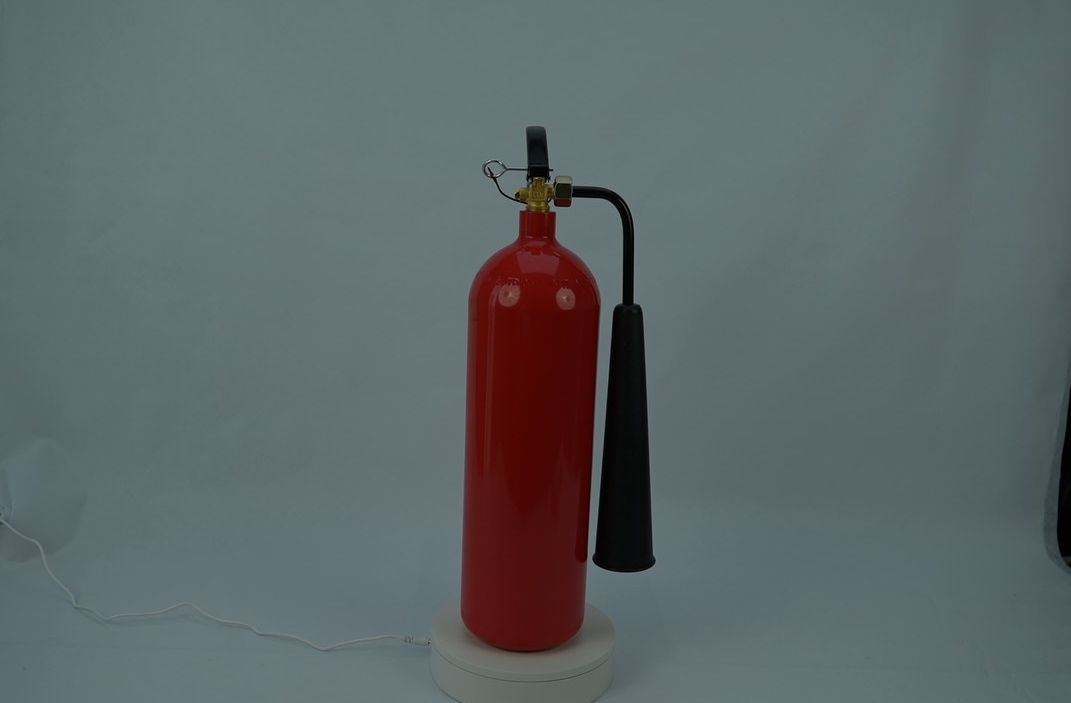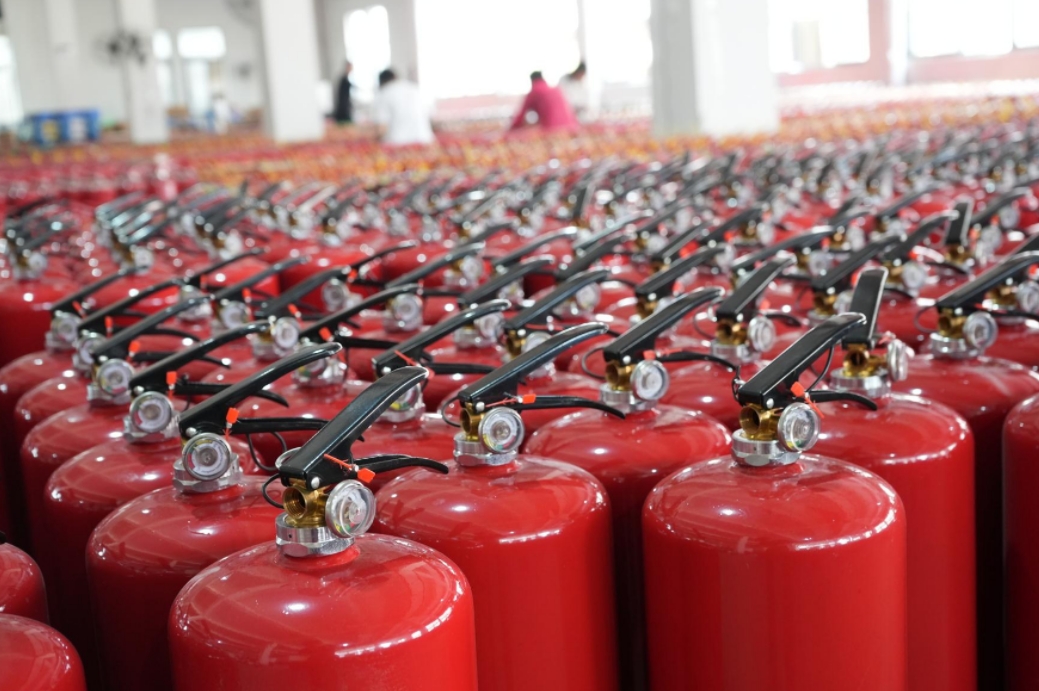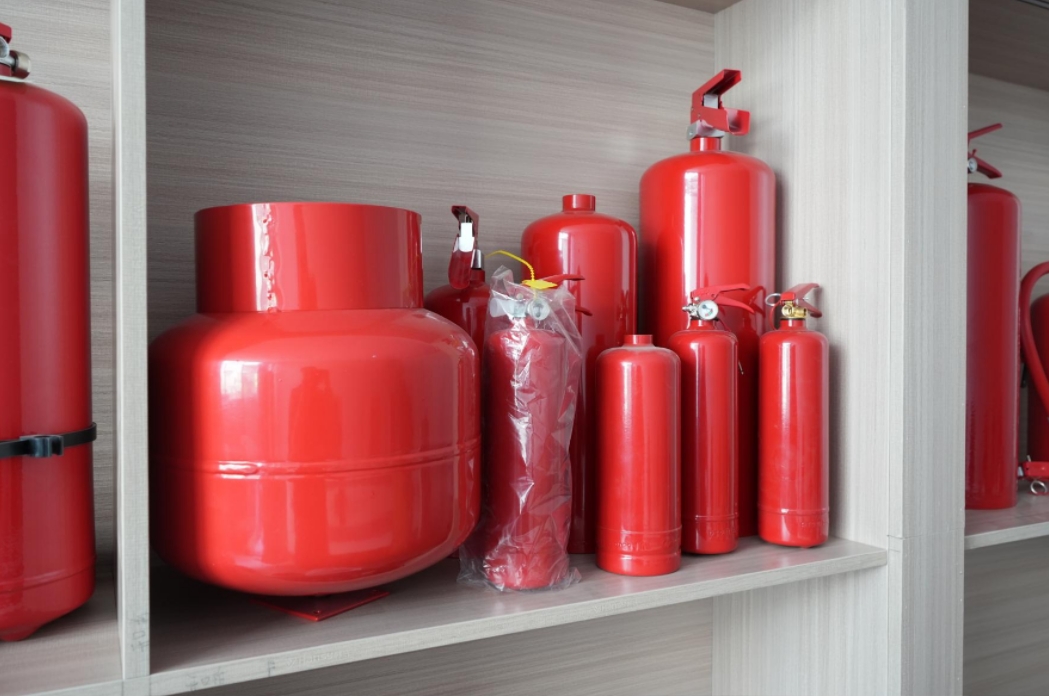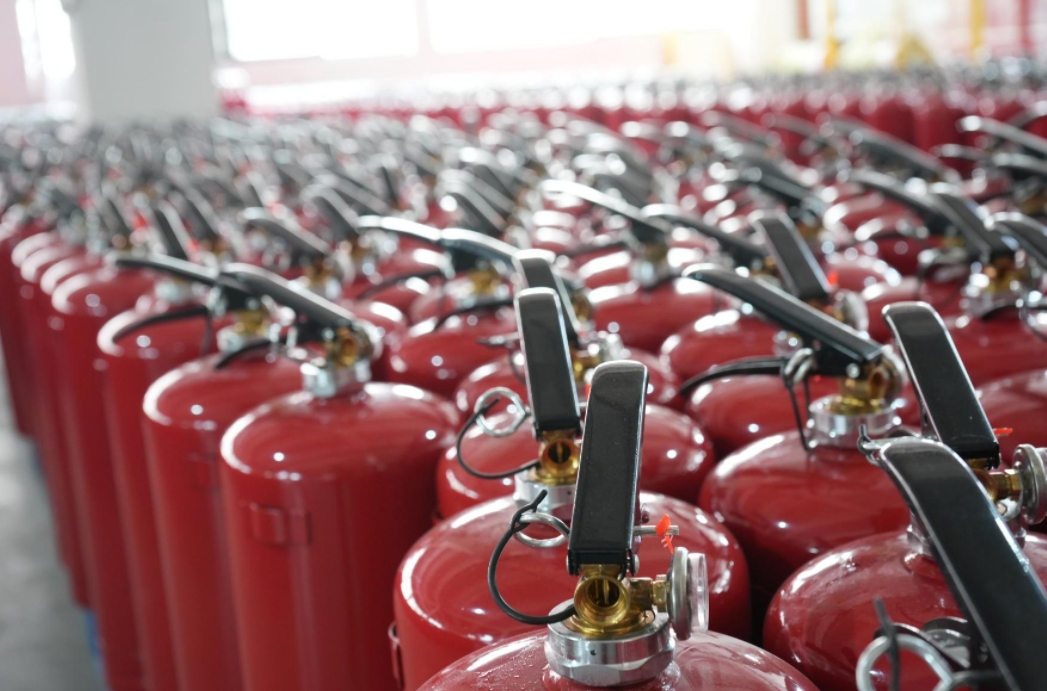CO₂ vs. Dry Powder — Which Fire Extinguisher Is Better?
小编2025-06-30
When it comes to choosing between CO₂ (carbon dioxide) and dry powder fire extinguishers, there’s no one-size-fits-all answer. Each type has its strengths, and the best option depends on the environment and type of fire risk. Let’s compare the two:
1. How They Work
CO₂ extinguishers work by displacing oxygen and cooling the flames, effectively suffocating the fire.
Dry powder extinguishers interrupt the chemical reaction of the fire triangle (fuel, oxygen, heat), putting out flames quickly.

2. Best Use Cases
CO₂ is ideal for electrical fires — such as in offices, server rooms, and electronic workstations. It leaves no residue, making it perfect for delicate equipment.
Dry powder is multipurpose — it can handle Class A (ordinary combustibles), B (flammable liquids), and C (electrical) fires. It’s a good all-rounder for homes, vehicles, and workshops.
3. Residue and Cleanup
CO₂ leaves no residue behind. That means no mess and no damage to electronics.
Dry powder, however, leaves a fine chemical dust that can be messy and hard to clean. It may also damage electronics.
4. Effectiveness by Fire Class
CO₂:
✓ Effective on Class B (liquid) and Class C (electrical)
✗ Not suitable for Class A (paper, wood)
Dry Powder:
✓ Effective on Class A, B, and C fires
✓ Suitable for outdoor use and vehicles
✗ Not ideal for enclosed spaces due to dust inhalation risk
5. Size and Portability
Both extinguishers are available in sizes from 2kg to 9kg.
2kg or 5kg CO₂ extinguishers are commonly used in server rooms and offices.
4kg or 6kg dry powder extinguishers are great for general home and workplace use.
Choose CO₂ if you work around computers, electronics, or sensitive equipment.
Choose dry powder if you need a versatile extinguisher for mixed risks in homes, cars, or outdoor areas.
In some cases, it’s smart to have both types available for different situations. The right choice depends on where you’ll use it — and what kind of fire you’re likely to face.



